Haute couture prison uniforms and the illusion of Versailles: class rifts in fashion
When Paris Hilton made headlines wearing an electronic anklet and the paparazzi offered her $500,000 for her "prison look", this absurd drama revealed the most naked truth of haute couture culture: luxury fashion is never about beauty, but a symbolic game of power and privilege.
Class codes from Versailles to prison
In the 17th century, French nobles used hand-embroidery with a 5mm error to distinguish classes, and in the 21st century, socialites built new barriers with haute couture dresses that "only 2,000 people in the world can buy". Hong Kong socialite Zhang Fei's Giambattista Valli wedding dress cost millions of dollars to try on four times, and the former French first lady Bruni wore HELIUS haute couture on the catwalk at the age of 53 - these "limited and exclusive models" are essentially the same as Louis XIV's right to watch him go to the toilet, and are identity authentication built with money.
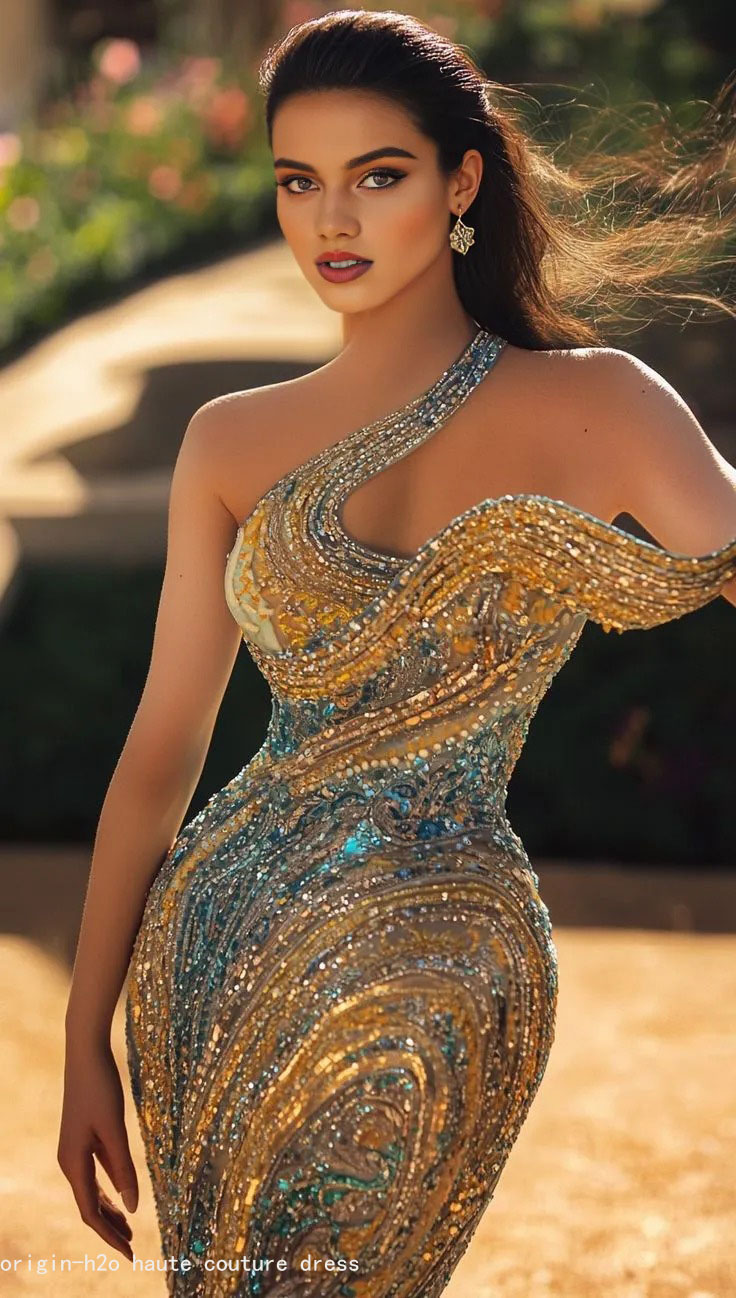
Paris's "Haute couture survival skills"
Hilton knows this well. She turned couture into a currency of traffic: she went shopping in a supermarket wearing a diamond-studded dress, took photos in prison uniforms wearing an electronic anklet, and even turned her prison diary into a luxury auction item. This kind of hype exposes the distorted logic of couture culture - when ordinary people stay up late to buy fast fashion "limited editions", socialites are packaging imprisonment, scandals and even trauma into "exclusive fashion IP".
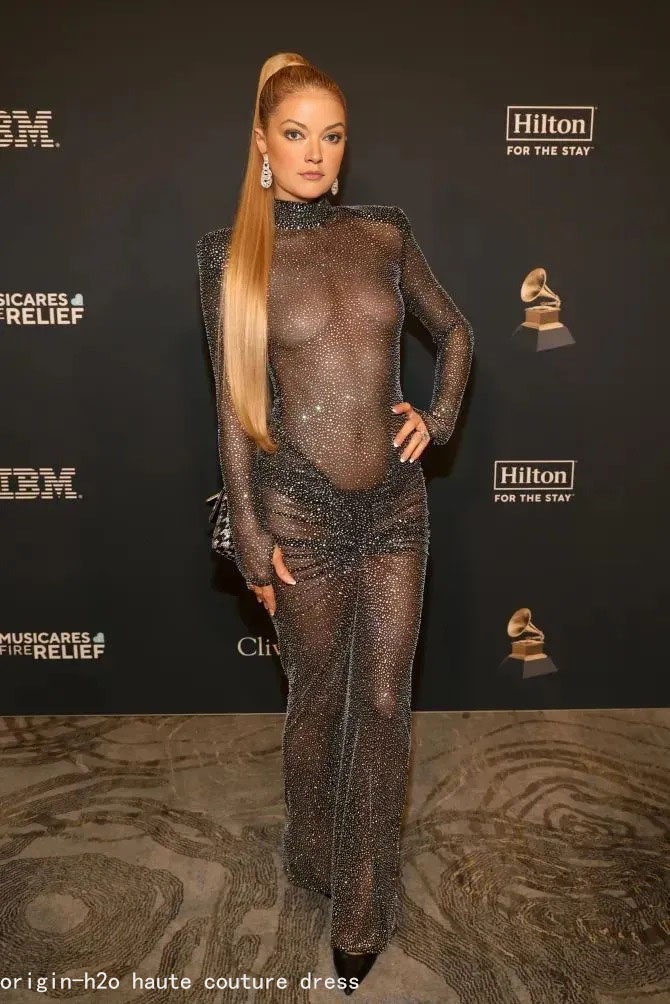
Designer's double-sided game
Haute couture designers walk a tightrope between art and business. Guo Pei used 1,200 hours of palace embroidery to create Dilireba's "golden battle robe", and Schiaparelli challenged traditional aesthetics with an electronic parts dress. These extreme craftsmanship could have become cultural heritage. But the reality is that the rich swipe their cards to buy out artworks in the front row of the show, and the celebrities borrowing clothes on the red carpet are actually invisible advertisements for luxury brands.
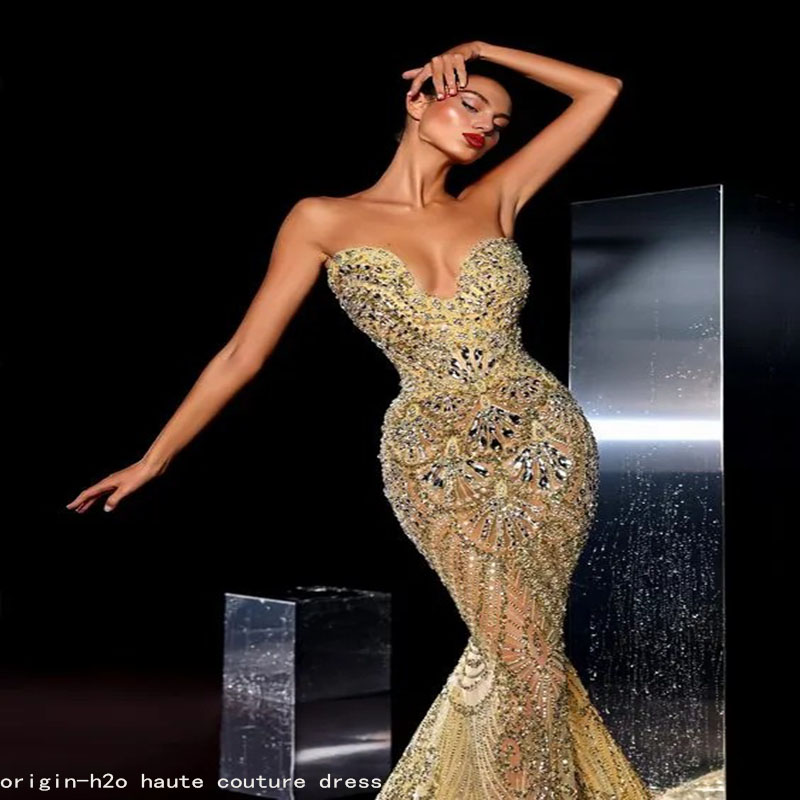
Cruel mirrors inside and outside the window
A couture dress takes 50 craftsmen three months, and the cost of wire is equal to the average person's monthly salary. Social media, however, whitewashes this gap as a "dream within reach": Paris' prison fashion and the million-dollar skirts at the Italian castle wedding create an illusion of equality through filters, but in fact they reinforce class shackles.
When Schiaparelli began to use recycled jewelry to make haute couture, and when second-hand haute couture platforms quietly emerged, perhaps this luxury game that started at Versailles will eventually usher in a moment of deconstruction - after all, true luxury should never be a privilege for a few people.
Our Related News
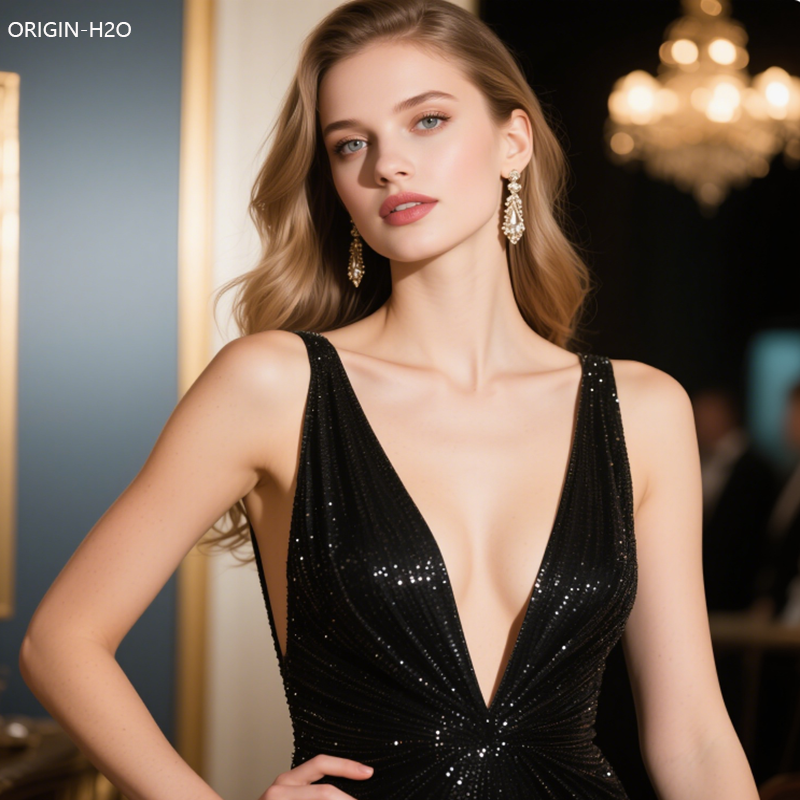
The Allure of High-End International Women's Fashion
Browse The Allure of High-End International W···

Wearing this lace dress to be nominated for the Grammy Awards?
The spotlights at the awards ceremony backsta···

Red carpet of Cannes, this gilded feather dress made the president of Chanel pursue cooperation!
On the dazzling red carpet of the Cannes Film···
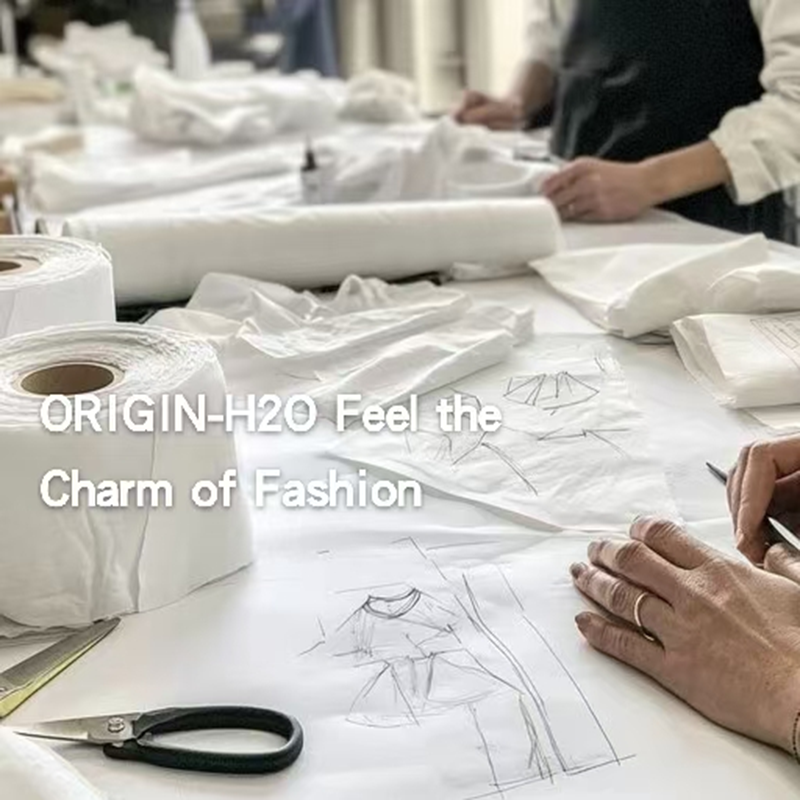
A Fusion of Mountain Poetry and Urban Elegance: Origin&H2O
Browse A Fusion of Mountain Poetry and Urban ···
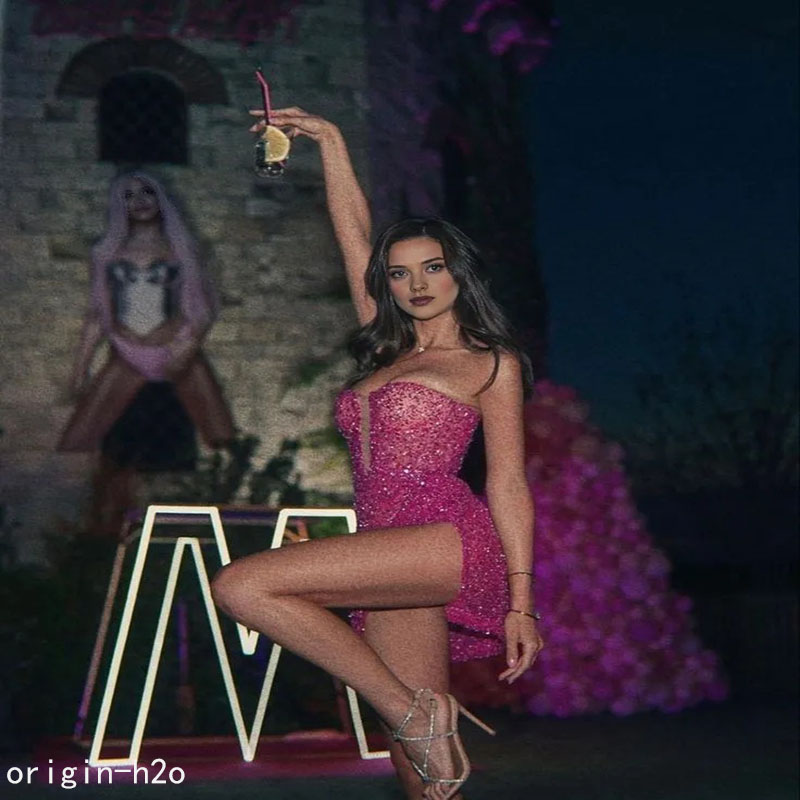
Wearing this feather slit skirt, the director of Milan Fashion Week chased me to be the closing mode
When I turned around at the after party of Mi···
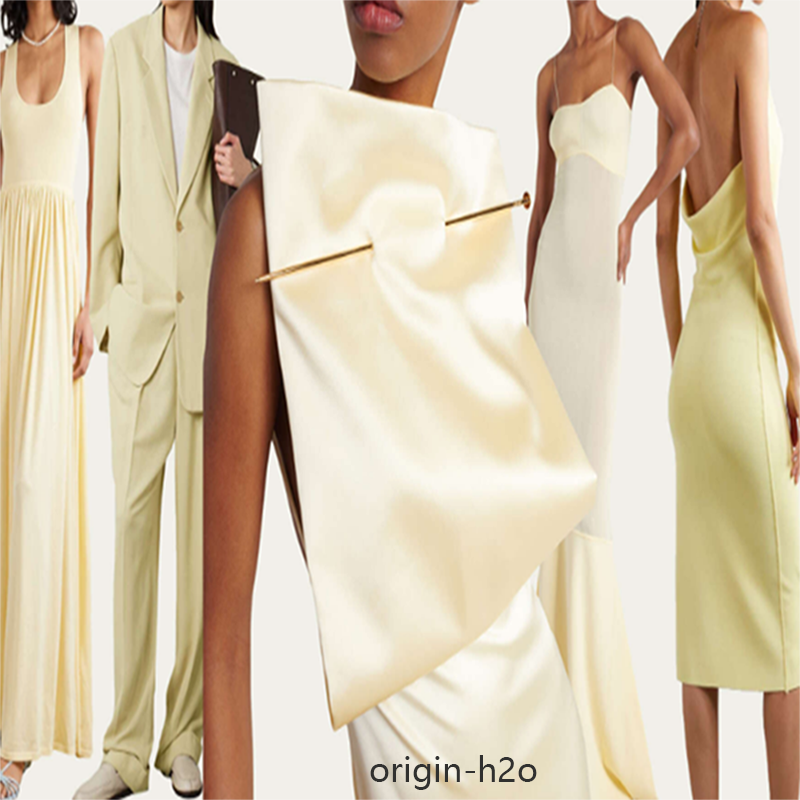
Spring/Summer 2025 Color Trends Vogue Editors Can’t Wait to Buy
Browse Spring/Summer 2025 Color Trends Vogue ···
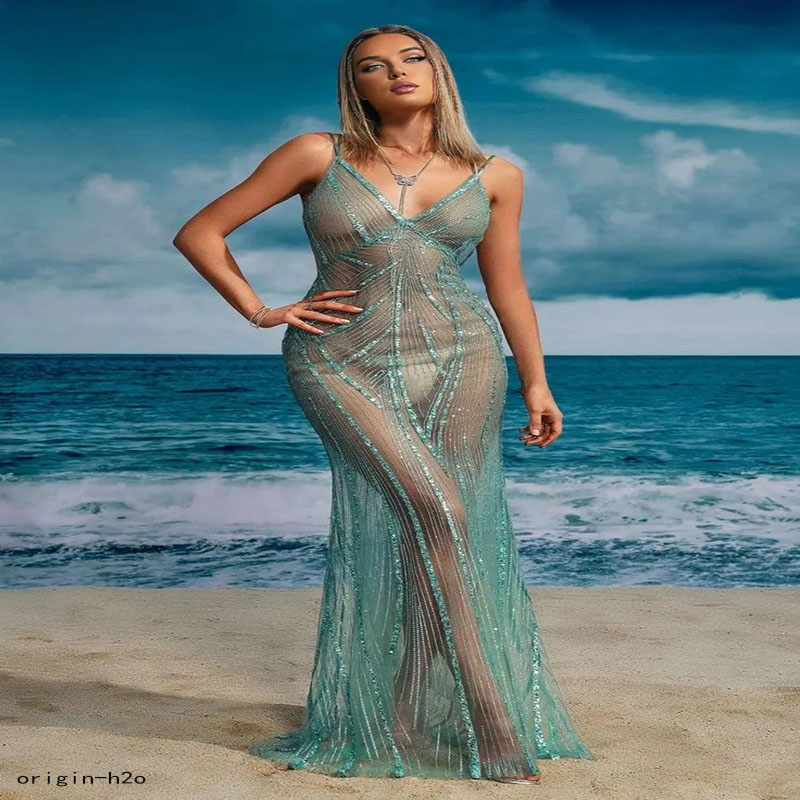
On Oscar night, I became the Dior spokesperson because of the high-slit satin skirt!
When the spotlight focused on the red carpet,···
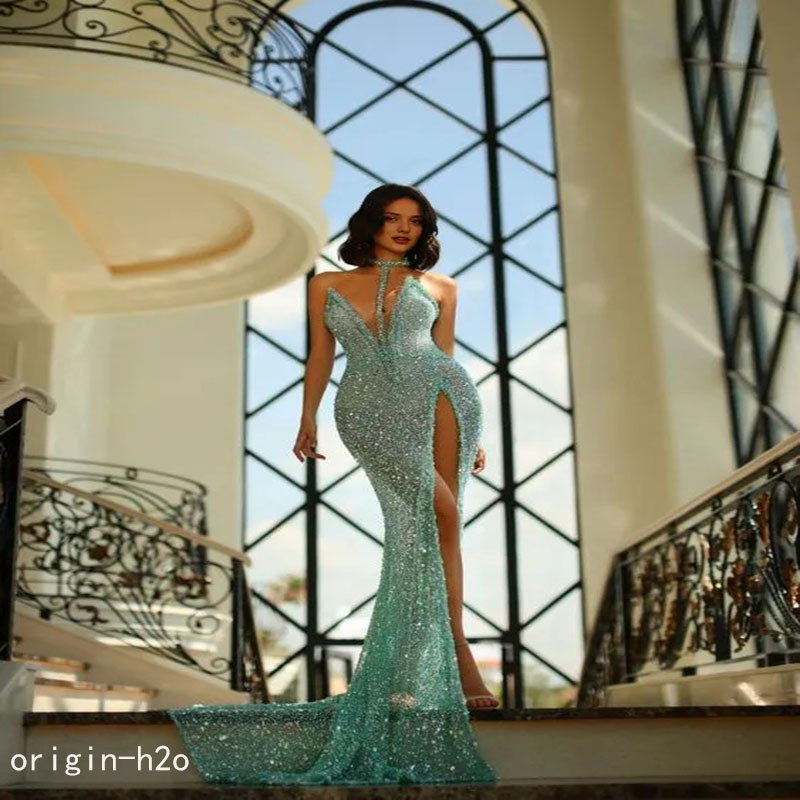
Comparable to Chanel! This design made me beat supermodels on the red carpet in Cannes!
When the spotlights were pouring down like st···